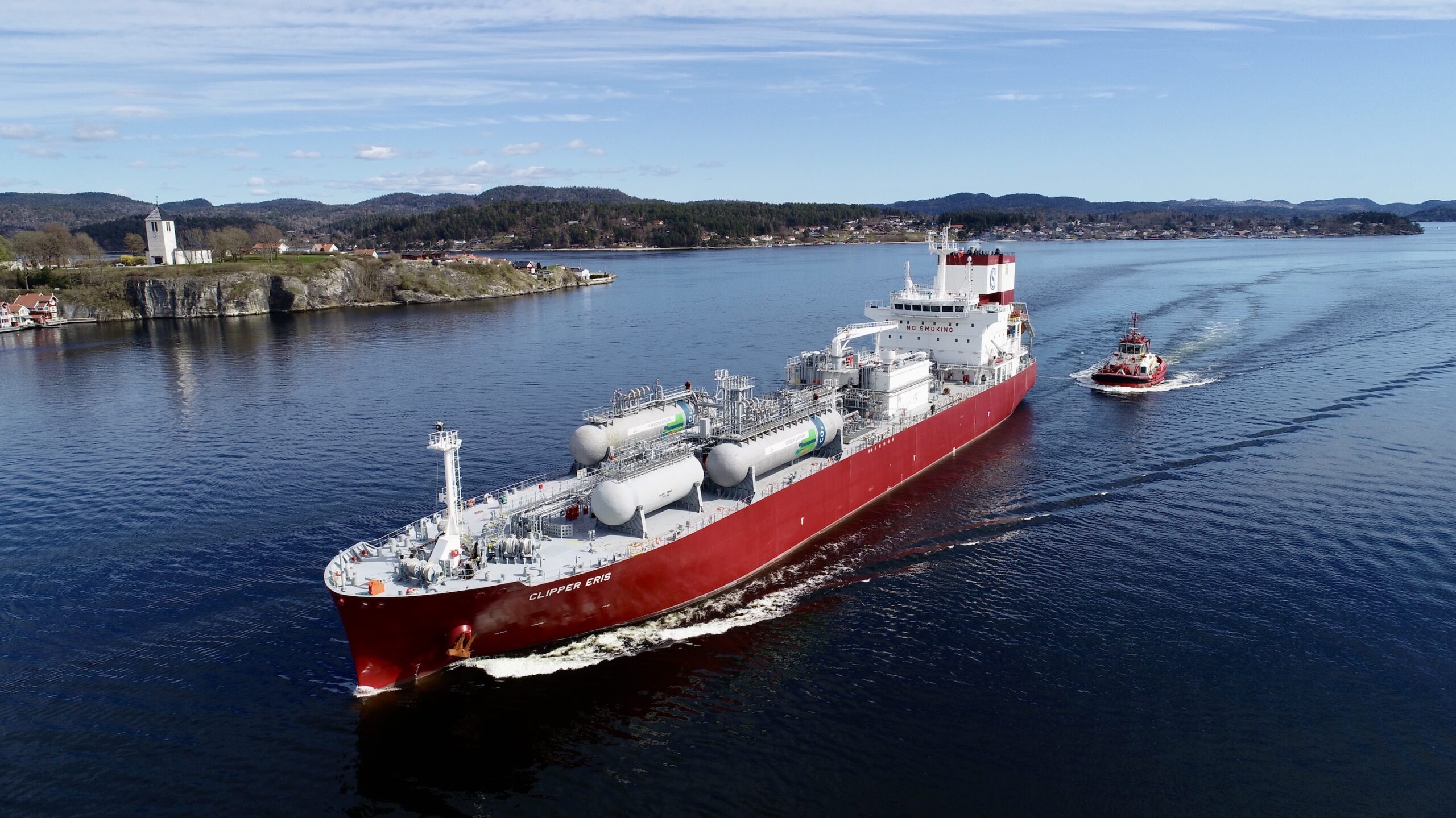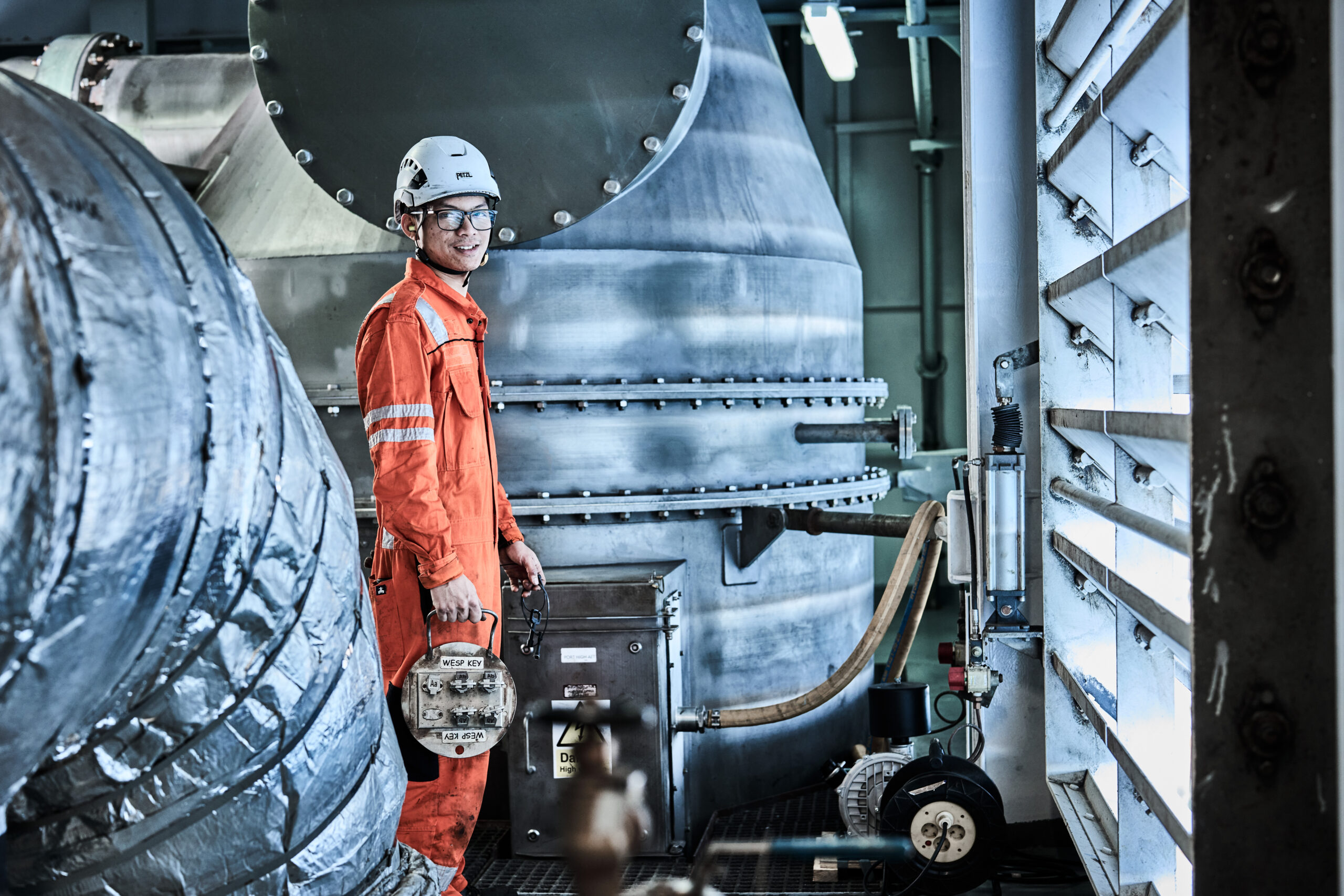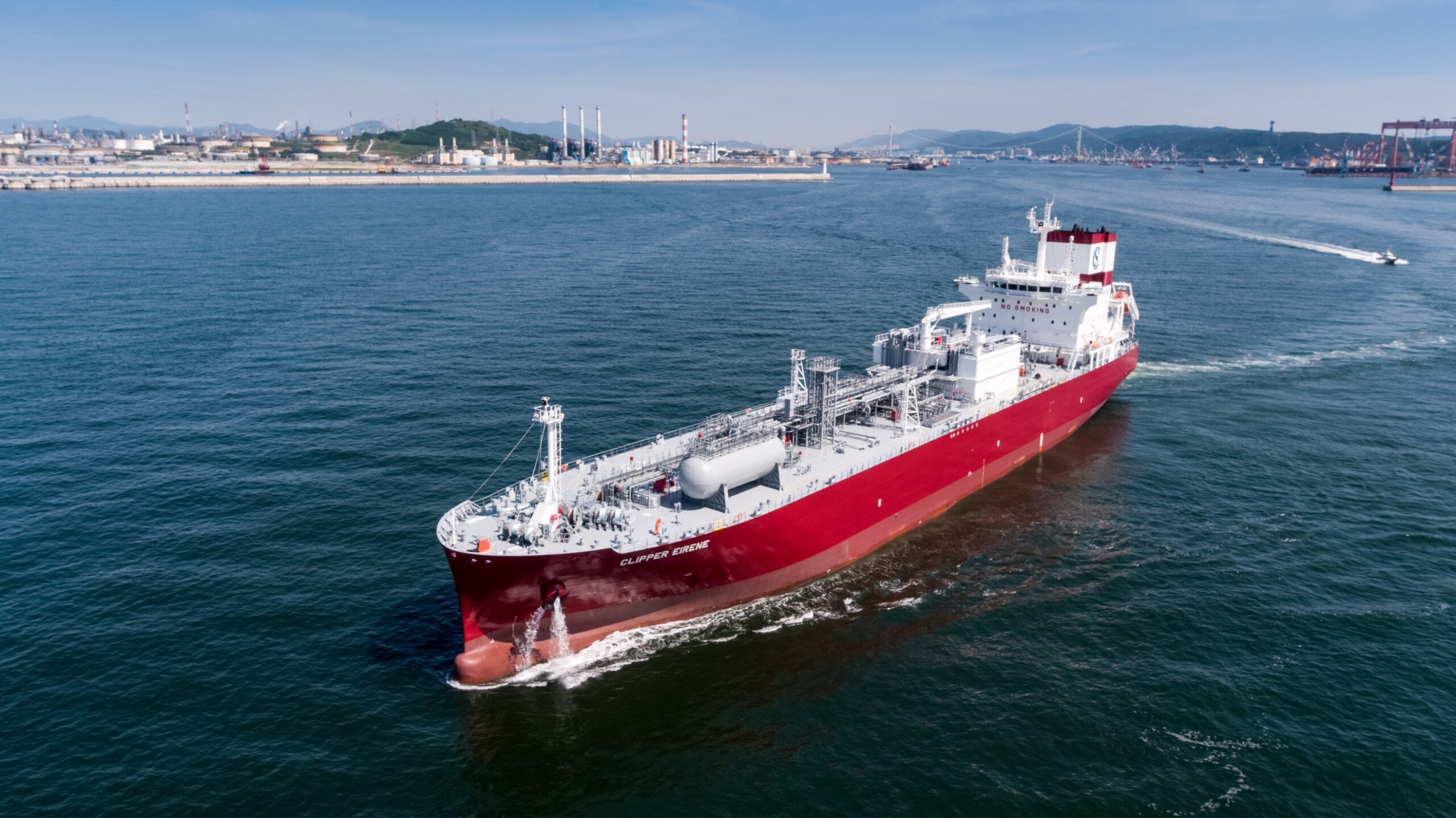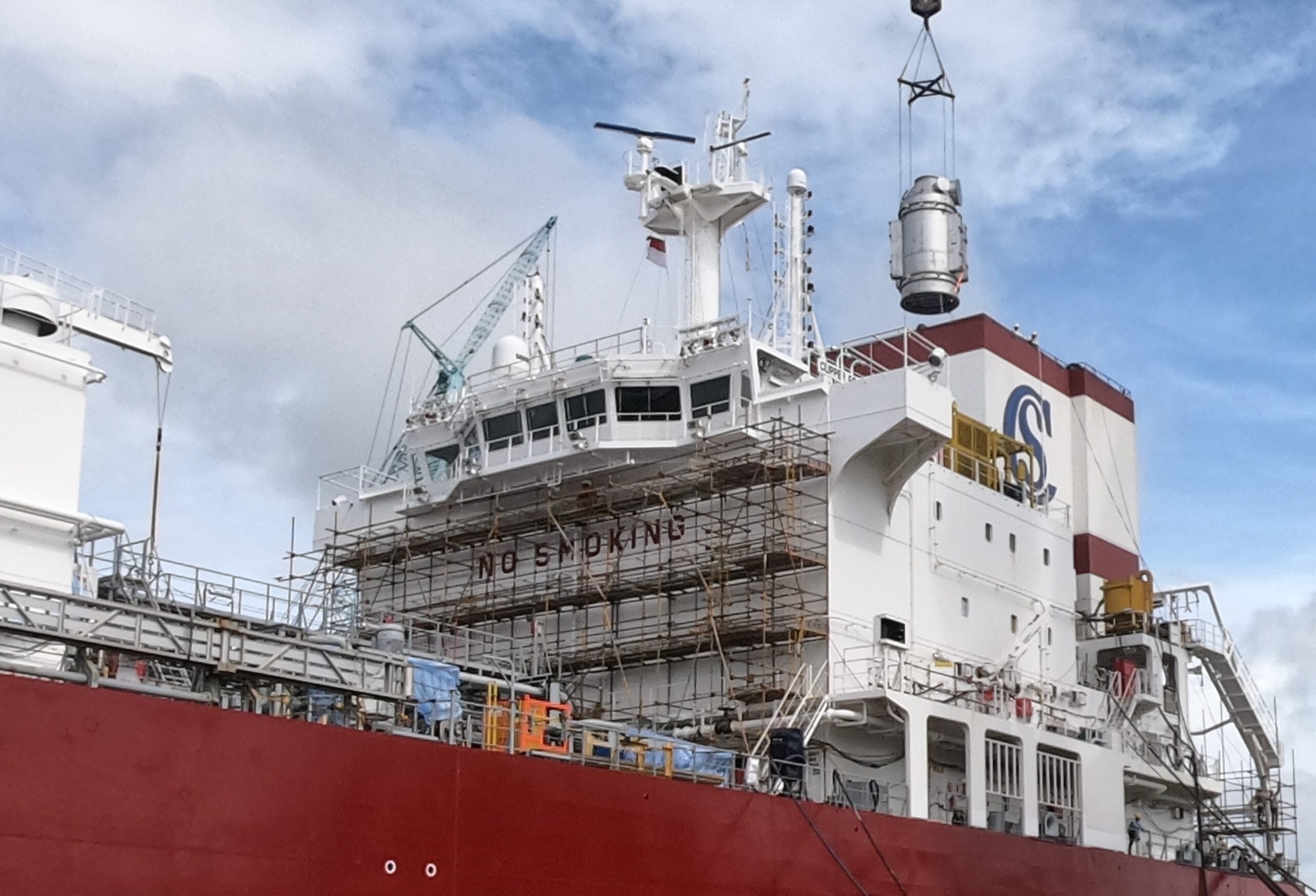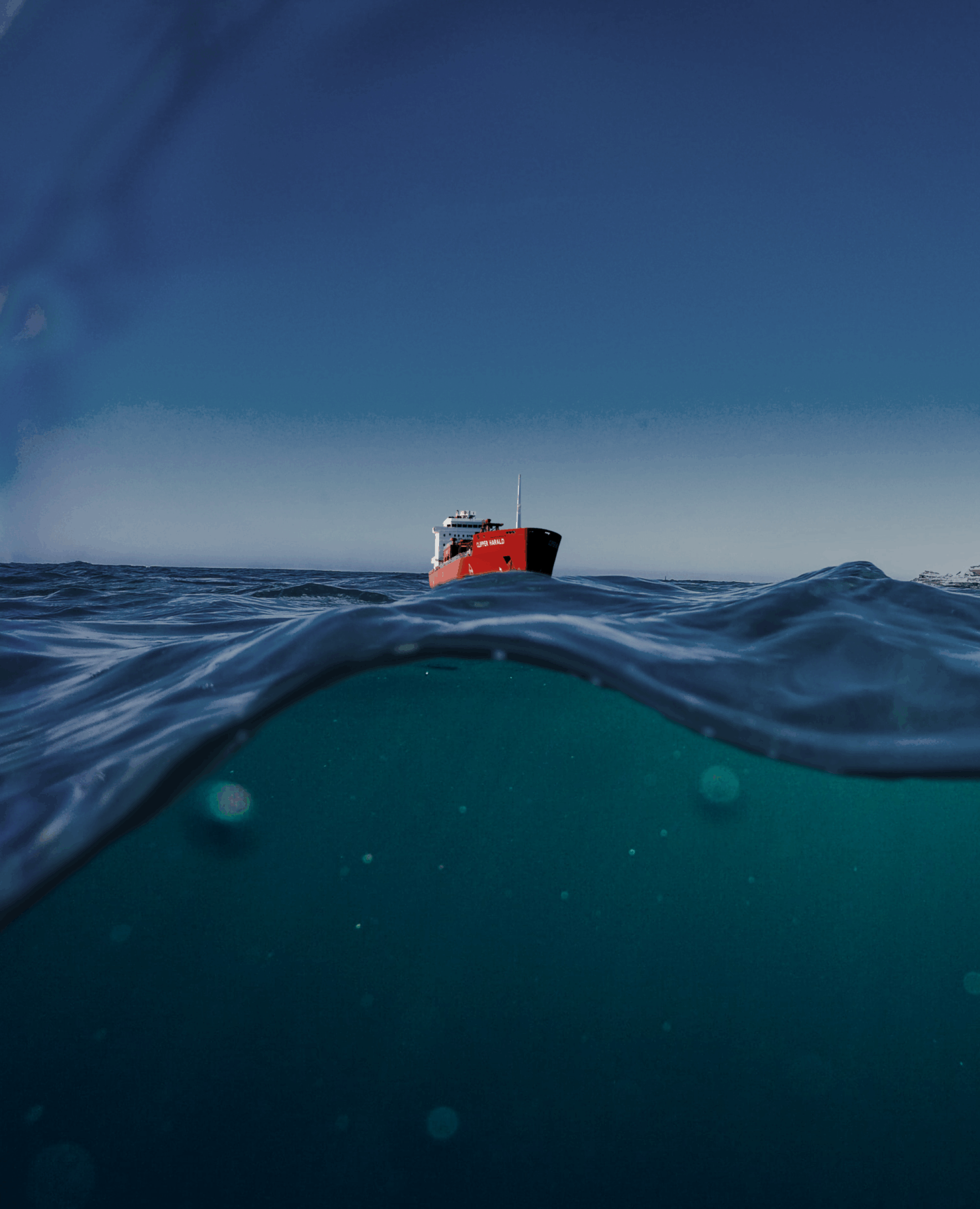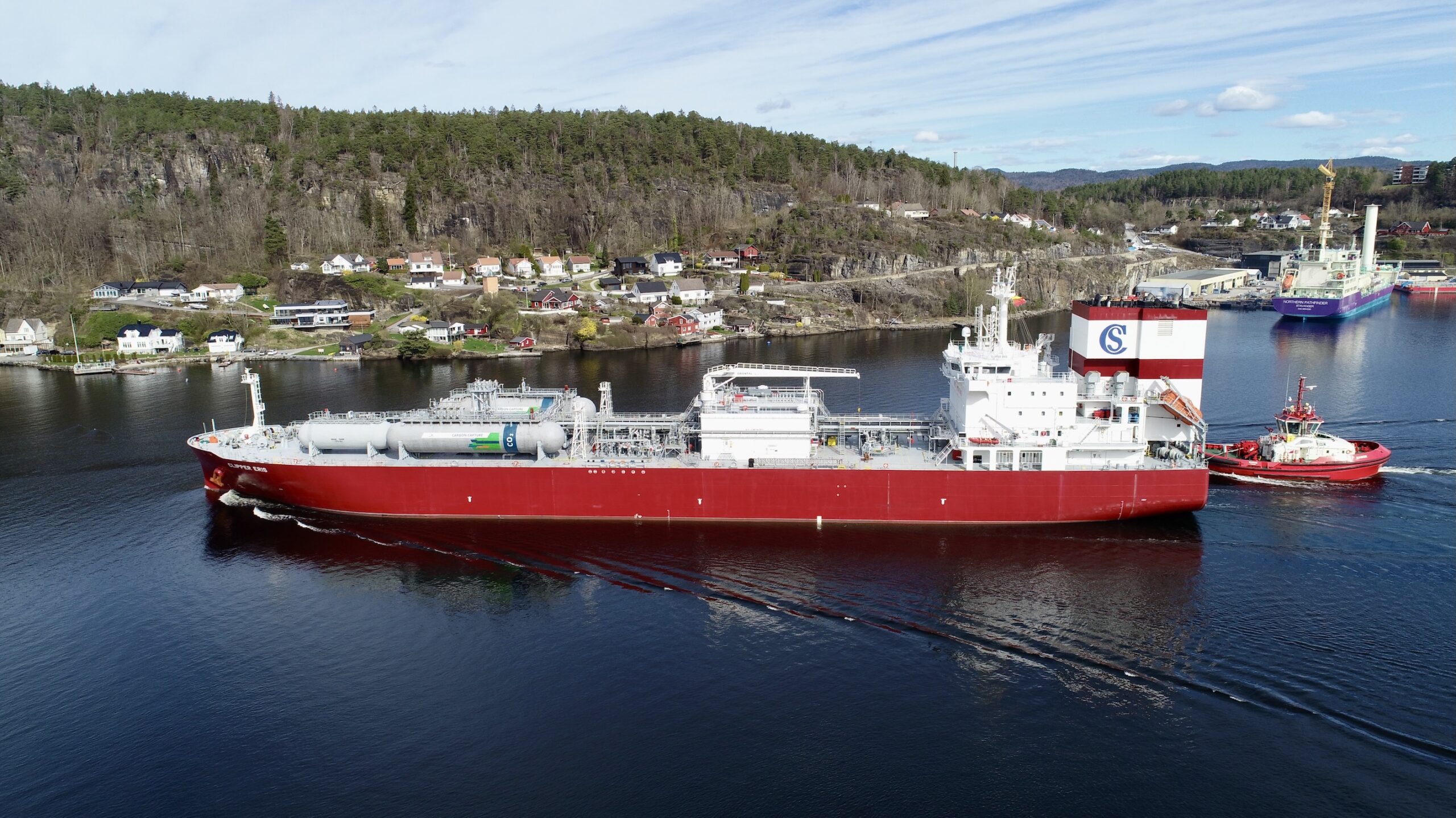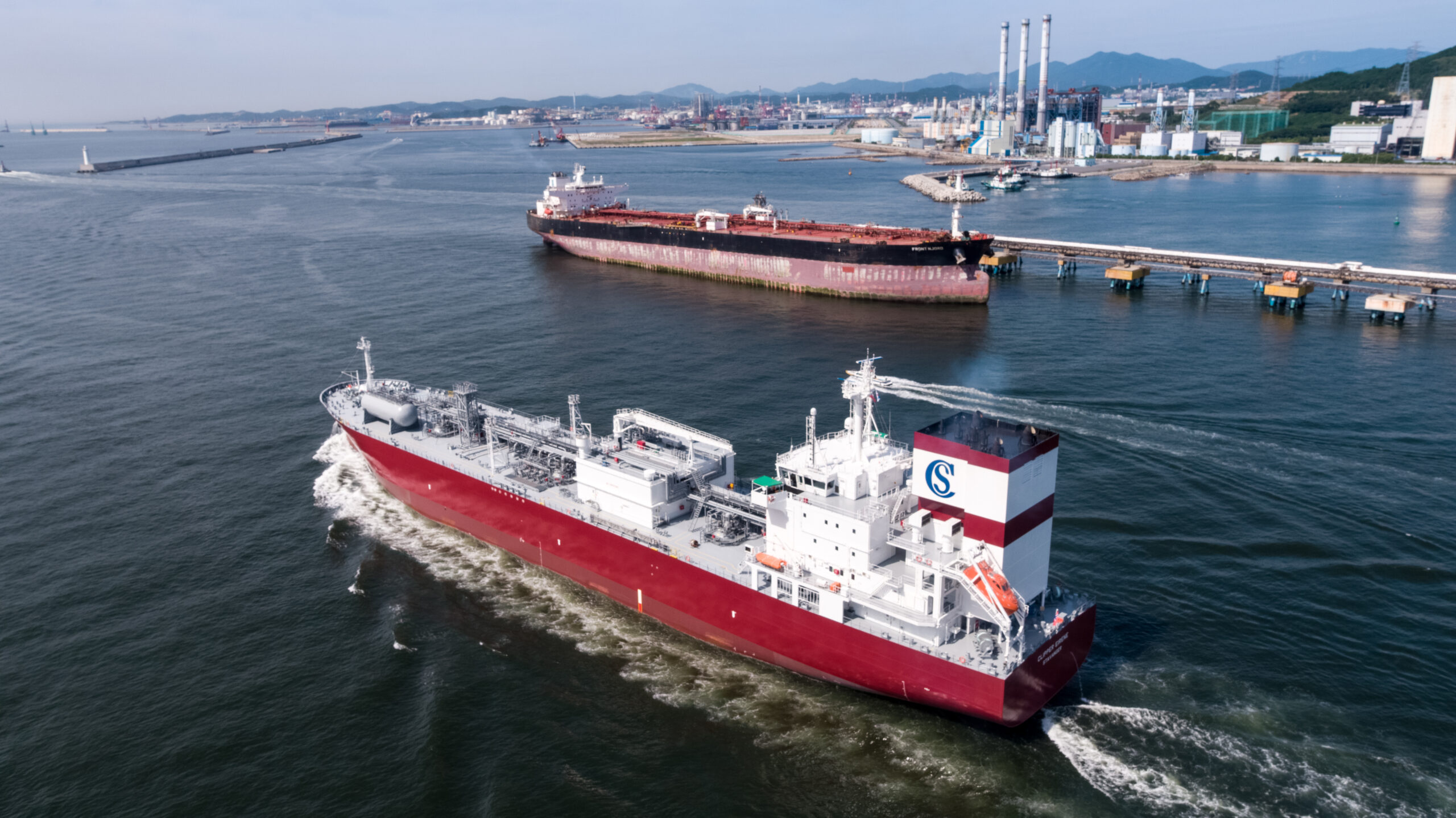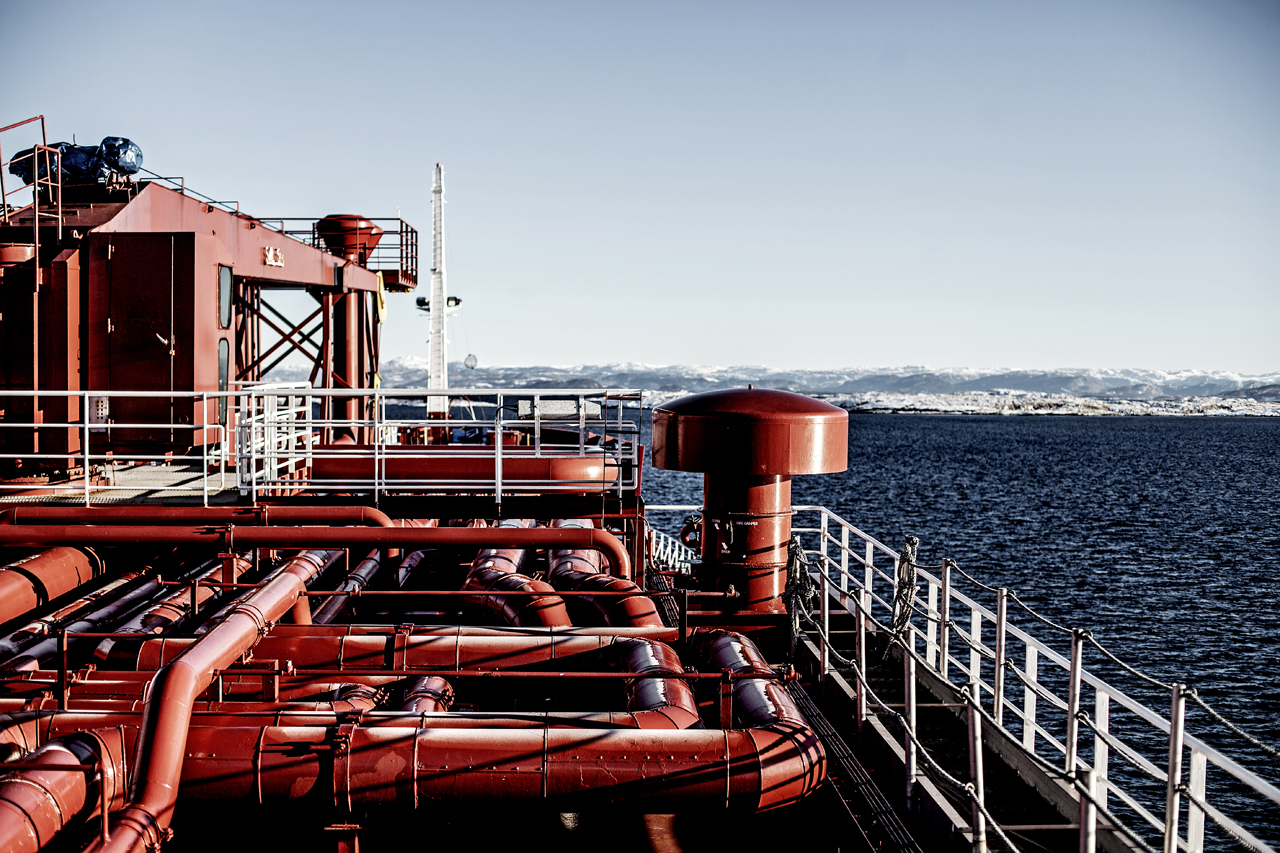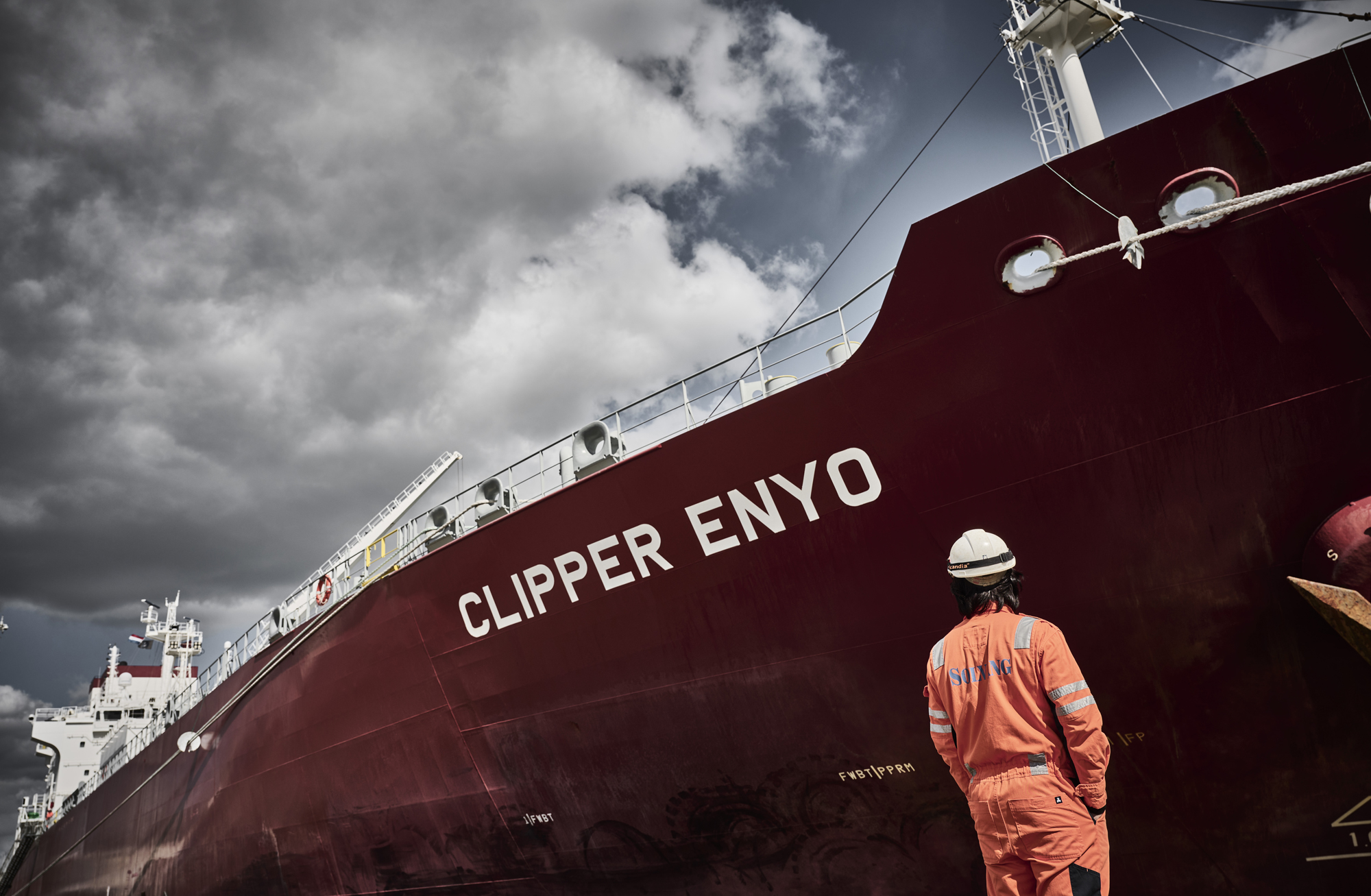According to researchers at Norwegian School of Economics (NHH), Sintef Ocean in Trondheim and KEDGE Business School in France, the best overall climate effect cannot be obtained from the transport sector. Even if this sector uses 95 % fossil fuel and makes up 15% of the world’s CO2 emissions, and even if the International Energy Agency (IEA) advocates a fast decarbonization in their Net Zero by 2050 scenario. The scientists sanction a quite different strategy, based on a matrix of CO2 emissions per energy unit spent in a well-to-wake based life cycle assessment framework. It resembles Shell’s Sky scenario from 2021, envisaging a net zero carbon society in 2070, keeping global temperatures within a 1.5 degree increase.
Lowest-hanging fruits
According to the scientific conclusion, renewable energy should not be spent without limits in the big transportation sector. In stead we should start by replacing electricity produced from burning coal with renewable energy. Such a step could almost completely decarbonize the global electricity grid. The second place to spend renewable energy would be for passenger cars, where it would replace diesel and gasoline. Finally, the recommendation is to keep renewable energy away from shipping and aviation, where it would make little difference. The two renewable fuel options often mentioned in connection with shipping, would be e-fuel and biofuel. The problem with e-fuel is that it takes electricity to produce, and the electricity from renewable sources is too scarce in supply. The problem with biofuel is that it causes deforestation and over-use of otherwise productive farmland. According to the scientists, these environmental arguments are against using renewable energy both in shipping and in aviation.
A smart energy system
Solvang has adopted a climate mitigation strategy applying optimization of hull, rudders and propellers providing reduced fuel consumption per mile sailed, in combination with hyper efficient exhaust cleaning systems and carbon capture on-deck. In this way we stay reconciled to the fact that global shipping’s energy source is Fuel oil. Over 90% of the global oceanic goods transportation runs on fuel oil, making up an enormous potential for climate mitigation through operational measures, exhaust gas cleaning, and carbon sequestration. A residual propellant, free from emissions during processing - or residual fuels mixed with refined products. For now, fuel oil upholds the world’s transport system and global economic order, giving the UN, IMO and other mitigators a chance to design a smart energy system in which to deploy our costly renewables.





